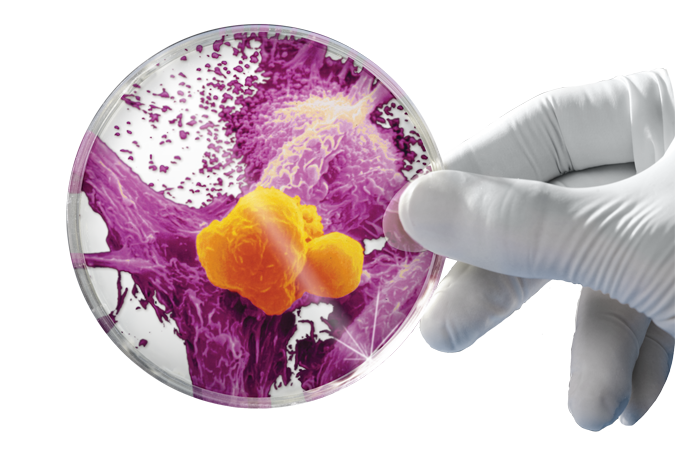Agave was the cat’s pyjamas recently, the bee’s knees if you will. It was huge, it was everywhere, it was supposedly an amazing alternative sweetener. This all seems great right? After all, artificial sweeteners are simply terrible for your health and finding alternatives to them is always a welcome thing to do in the health world.
Granted, it has a few more calories than sugar, with 63 per tablespoon versus the lower 48 of sugar, though the small difference definitely shouldn’t stop you from eating either one of them, simply based off of that fact alone. Just for reference, agave is made from the same, sweet liquid that tequila is fermented into.
Although agave nectar actually starts out in a very pure form, once the sweet, sticky substance gets into stores where you can buy it, by then it’s processed to a nearly unrecognizable point.
But is this strange agave “nectar” that we’ve heard so much about, is it a valid substitute for other sweeteners? Will it live up to all the hype surrounding it? Or is it just yet another huge marketing act that’s been put on in order to get people, poor innocent consumers, to buy more things. But what IS it REALLY? Where does it COME from? What does it CONTAIN? Well, let’s answer one at a time, in answer to your first question, It is made from the giant agave root bulb. The main component in the root is starch – along with that comes a little complex carbohydrate known as insulin, this complex carb is, in a technical sense, a highly indigestible fiber. Also, it isn’t sweet, so it adds extra calories and work for your body, without impacting the flavor of the “nectar” in any way whatsoever.
Here’s another nasty, little-known fact about agave, it often has the residue from pesticides within it, as well as having multiple cases where it was found that the syrup was actually being mixed in with corn syrup to make it so that the companies wouldn’t have to use as much agave per bottle, yet still have the same amount of sweetener, in this way save money and syrup.
But does agave syrup have anything else I need to know about it? Any other dangers just lurking in the shadows, just waiting pounce on the fragile animal that is my body’s health and wellbeing? As a matter of fact, there are!
There are definitely more than this one, but here’s what’s probably the biggest behemoth out of all the nasty things hidden in agave “nectar.”
Hydroxymethylfurfural (HMF) – Introducing, Hydroxymethylfurfural, also known as HMF. Many agave syrups actually contain a contaminant called hydroxymethylfurfural, which is an organic heat-formed compound that occurs when processing fructose, it can be found in both agave syrup and HFCS (High Fructose Corn Syrup). Not only is HMF potentially toxic and full of mutagenic and carcinogenic effects, but it also is an extremely, DEADLY substance to honey bees.
At the end of the day, we hope this article helped you out a bit, however, we do suggest that you do try something different to use as a sweetener.

























